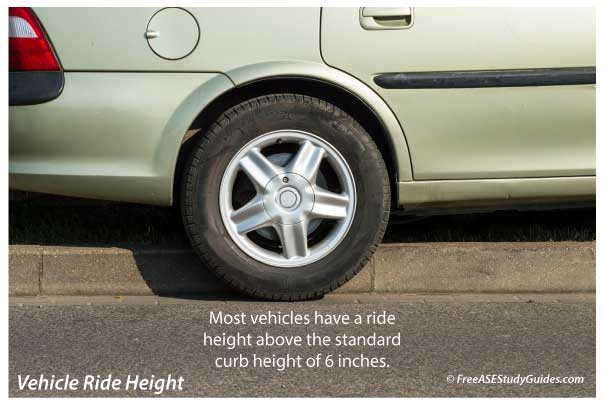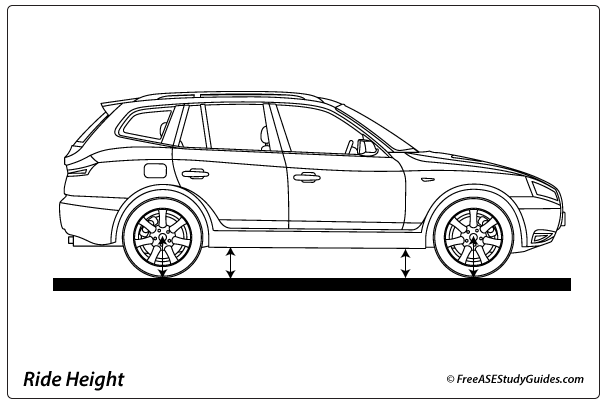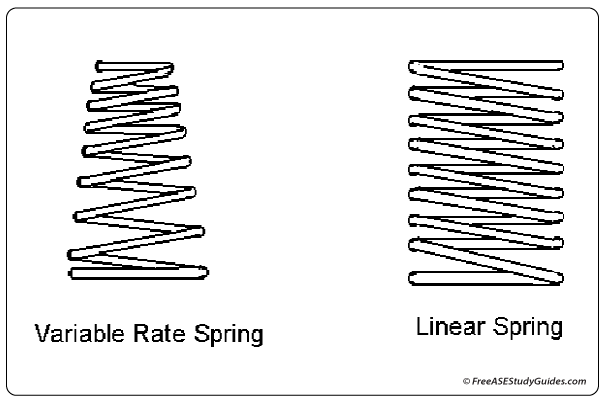Vehicle Ride Height

Vehicle ride height or ground clearance is a vital measurement checked before wheel alignment. It affects the toe, caster, and camber angles. Check for the manufacturer's specifications before taking the vehicle's height measurement. Most vehicles have a ride height above the standard curb height of 6 inches.

Take measurements with a tape measure or special tool from the ground to the lowest underside part of the vehicle, like a fender well, bumper, or control arm. Most manufacturers recommend a full tank and no passengers or cargo while taking measurements.
Sagging Coil Springs

Typically, sagging coils, leaf springs, suspension airbags, or torsion bars are at fault. Check the control arm bushings for wear or damage before condemning any spring. Vehicle manufacturers have different specifications and techniques for measuring ride height. Usually, if the vehicle sags more than an inch from front to rear or side to side, it is out of specification. Always check the sticker on the door frame for the correct tire size. A larger or smaller diameter tire also affects the vehicle ride height measurements.
Sometimes, if the ride height is within a certain amount, a shim is used to restore the measurement to specifications. The shim increases the ride's harshness and the chance of the spring bottoming out. When worn, it is always best to replace these springs in pairs.

Variable-rate springs provide a soft ride when traveling with light loads and a firmer ride with heavier loads. They have springs of different thicknesses and spacing between coils. A linear spring is square and has equal spacing and thickness throughout.